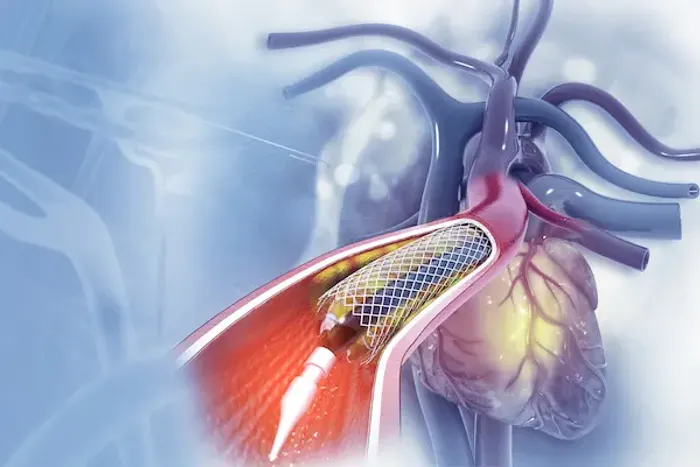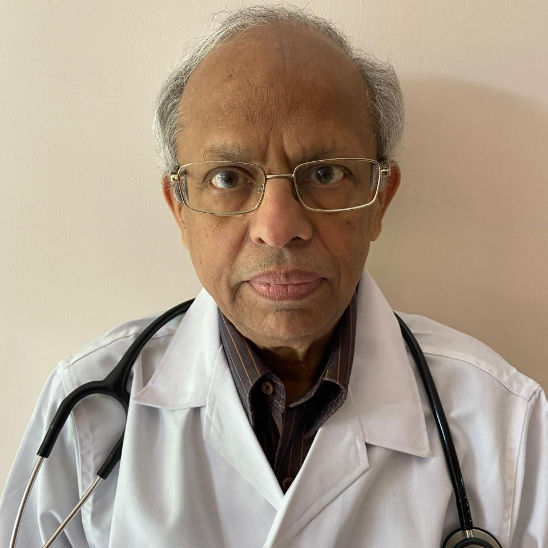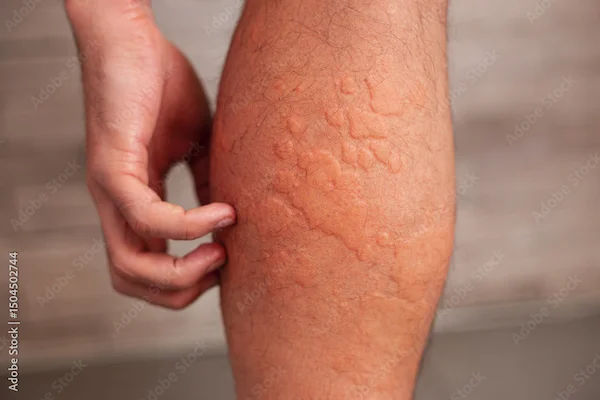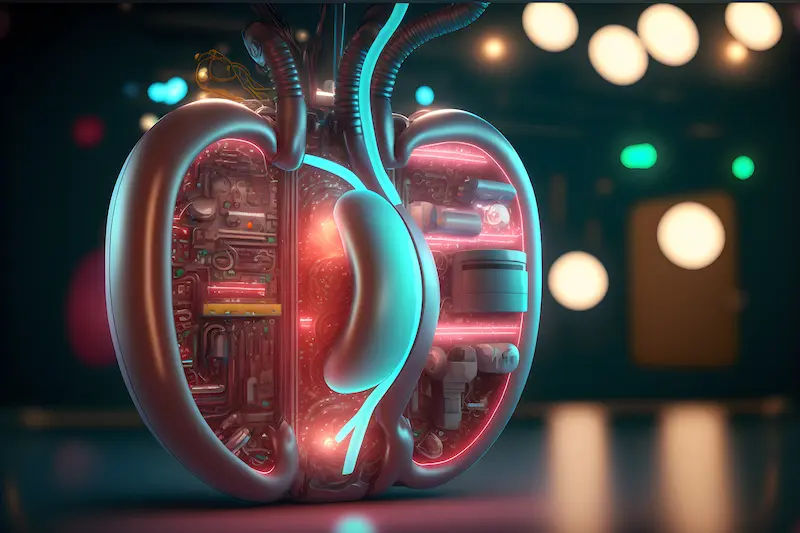Complications After Angioplasty: What You Should Know
Discover the possible complications after angioplasty, how to recognise them, and what steps might support a smoother recovery.

Written by Dr. J T Hema Pratima
Reviewed by Dr. D Bhanu Prakash MBBS, AFIH, Advanced certificate in critical care medicine, Fellowship in critical care medicine
Last updated on 23rd Sep, 2025

Introduction
If you or a loved one has recently undergone angioplasty, you might be concerned about potential complications after the procedure. While angioplasty is a common and generally safe treatment for blocked arteries, it's important to be aware of possible risks and how to manage them. This article will guide you through the possible complications, their symptoms, and ways to stay healthy post-angioplasty.
What is Angioplasty?
Angioplasty is a minimally invasive procedure used to open narrowed or blocked coronary arteries. A small balloon is inflated inside the artery to widen it, and often a stent, a tiny mesh tube, is placed to keep the artery open. This helps improve blood flow to the heart and reduces symptoms like chest pain (angina).
While angioplasty is effective, some complications may arise after the procedure. Being informed can help you take the right steps for recovery.
Consult Top Specialists for Personalised Heart Health Advice
Possible Complications After Angioplasty
Here's what you should know about common complications and how to manage or prevent them.
1. Restenosis (Re-narrowing of the Artery)
Sometimes, the treated artery may narrow again, even after stent placement. This is called restenosis and can happen due to scar tissue formation inside the stent.
Symptoms:
Recurring chest pain (angina)
Shortness of breath
Fatigue
How to Prevent It:
Take prescribed medications (like blood thinners) regularly.
Follow a heart-healthy diet that is low in salt, sugar, and unhealthy fats.
Avoid smoking and excessive alcohol.
Regular follow-ups with your doctor.
2. Blood Clots in the Stent (Stent Thrombosis)
A rare but serious complication is the formation of a blood clot inside the stent, which can block blood flow suddenly.
Symptoms:
Severe chest pain
Sudden shortness of breath
Sweating, dizziness, or fainting
What to Do:
Seek emergency medical help immediately.
Never stop blood-thinning medications without consulting your doctor.
3. Bleeding or Bruising at the Insertion Site
Since angioplasty involves inserting a catheter through an artery, usually in the wrist or groin, minor bleeding or bruising is common.
Symptoms:
Swelling, pain, or discolouration at the puncture site
Oozing blood
How to Manage It:
Apply gentle pressure if bleeding occurs.
Avoid heavy lifting for a few days.
Keep the area clean and dry.
4. Infection
Though rare, an infection can occur at the catheter insertion site.
Symptoms:
Redness, warmth, or pus at the site
Fever or chills
What to Do:
Contact your doctor if you notice signs of infection.
Keep the wound clean and covered as advised.
5. Allergic Reaction to Contrast Dye
During angioplasty, a contrast dye is used to visualise arteries. Some people may have an allergic reaction.
Symptoms:
Rash, itching, or swelling
Difficulty breathing
Nausea or dizziness
How to Prevent It:
Inform your doctor if you have a history of dye allergies.
Doctors may prescribe antihistamines before the procedure.
6. Kidney Problems (Contrast-Induced Nephropathy)
The contrast dye can sometimes affect kidney function, especially in people with existing kidney disease.
Symptoms:
Decreased urination
Swelling in legs or feet
Fatigue
How to Reduce Risk:
Stay well-hydrated before and after the procedure.
Inform your doctor if you have kidney issues.
Tips for a Healthy Recovery After Angioplasty
To minimise complications and improve heart health, follow these steps:
1. Take Medications as Prescribed
After angioplasty, medications play a vital role in maintaining heart health and preventing complications. Never skip or stop medications without consulting your doctor.
Blood thinners (like aspirin or clopidogrel) – Prevent clots inside the stent.
Cholesterol-lowering drugs (statins) – Keep arteries clear.
Blood pressure medications – Maintain healthy blood pressure.
2. Follow a Heart-Healthy Diet
What you eat can directly impact your heart's healing. A nutritious diet may help reduce the risk of further blockages and support overall cardiovascular wellness.
Eat more fruits, vegetables, whole grains, and lean proteins.
Reduce salt, sugar, fried foods, and processed meats.
Avoid trans fats and limit saturated fats.
3. Stay Active (But Don’t Overexert)
Physical activity, when done safely, may strengthen your heart and improve circulation. Learn how gentle movement can aid your recovery.
Start with light walking and gradually increase activity.
Avoid heavy lifting or strenuous exercise for a few weeks.
Cardiac rehabilitation programs can help strengthen your heart safely.
4. Quit Smoking & Limit Alcohol
Smoking increases the risk of artery re-blockage. Alcohol in moderation is okay, but excessive drinking can harm your heart.
5. Monitor Symptoms & Attend Follow-Ups
Regular monitoring and follow-up appointments may help detect early signs of complications and keep your recovery on track. Stay alert and connected with your care team.
Keep track of any unusual symptoms like chest pain or breathlessness.
Attend all follow-up appointments with your cardiologist.
Get regular blood tests and heart check-ups as advised.
When to Seek Emergency Help
Timely medical attention may prevent serious complications. Call your doctor or go to the emergency room if you experience:
Severe chest pain unrelieved by rest or medication
Sudden shortness of breath
Fainting or extreme dizziness
Heavy bleeding or swelling at the catheter site
Final Thoughts
Angioplasty is a life-saving procedure, but recovery requires care and attention. By following your doctor’s advice, taking medications on time, and adopting a healthy lifestyle, you can reduce complications and enjoy better heart health.
If you have concerns about your recovery or need a follow-up consultation, you can easily book an appointment with a cardiologist on Apollo 24|7 for expert guidance.
Consult Top Cardiologists
Consult Top Specialists for Personalised Heart Health Advice

Dr. Tripti Deb
Cardiologist
40 Years • MBBS, MD, DM, FACC, FESC
Hyderabad
Apollo Hospitals Jubilee Hills, Hyderabad

Dr. Zulkarnain
General Physician
2 Years • MBBS, PGDM, FFM
Bengaluru
PRESTIGE SHANTHINIKETAN - SOCIETY CLINIC, Bengaluru

Dr Nazneen Khan
Cardiologist
7 Years • M.B.B.S, M.D (MEDICINE), DrNB CARDIOLOGY
Pune
Apollo Clinic, Viman Nagar, Pune

Dr. E Prabhakar Sastry
General Physician/ Internal Medicine Specialist
40 Years • MD(Internal Medicine)
Manikonda Jagir
Apollo Clinic, Manikonda, Manikonda Jagir
(150+ Patients)
Dr. Diganta Buragohain
Cardiologist
1 Years • "DM (Cardiology) in 2025 from NEIGRIHMS, Shillong MD (General Medicine) in 2020 Gauhati Medical College, MBBS in 2015 from Gauhati Medical College,"
Guwahati
Apollo Excelcare Hospital, Guwahati
Consult Top Cardiologists

Dr. Tripti Deb
Cardiologist
40 Years • MBBS, MD, DM, FACC, FESC
Hyderabad
Apollo Hospitals Jubilee Hills, Hyderabad

Dr. Zulkarnain
General Physician
2 Years • MBBS, PGDM, FFM
Bengaluru
PRESTIGE SHANTHINIKETAN - SOCIETY CLINIC, Bengaluru

Dr Nazneen Khan
Cardiologist
7 Years • M.B.B.S, M.D (MEDICINE), DrNB CARDIOLOGY
Pune
Apollo Clinic, Viman Nagar, Pune

Dr. E Prabhakar Sastry
General Physician/ Internal Medicine Specialist
40 Years • MD(Internal Medicine)
Manikonda Jagir
Apollo Clinic, Manikonda, Manikonda Jagir
(150+ Patients)
Dr. Diganta Buragohain
Cardiologist
1 Years • "DM (Cardiology) in 2025 from NEIGRIHMS, Shillong MD (General Medicine) in 2020 Gauhati Medical College, MBBS in 2015 from Gauhati Medical College,"
Guwahati
Apollo Excelcare Hospital, Guwahati
_4.webp)



